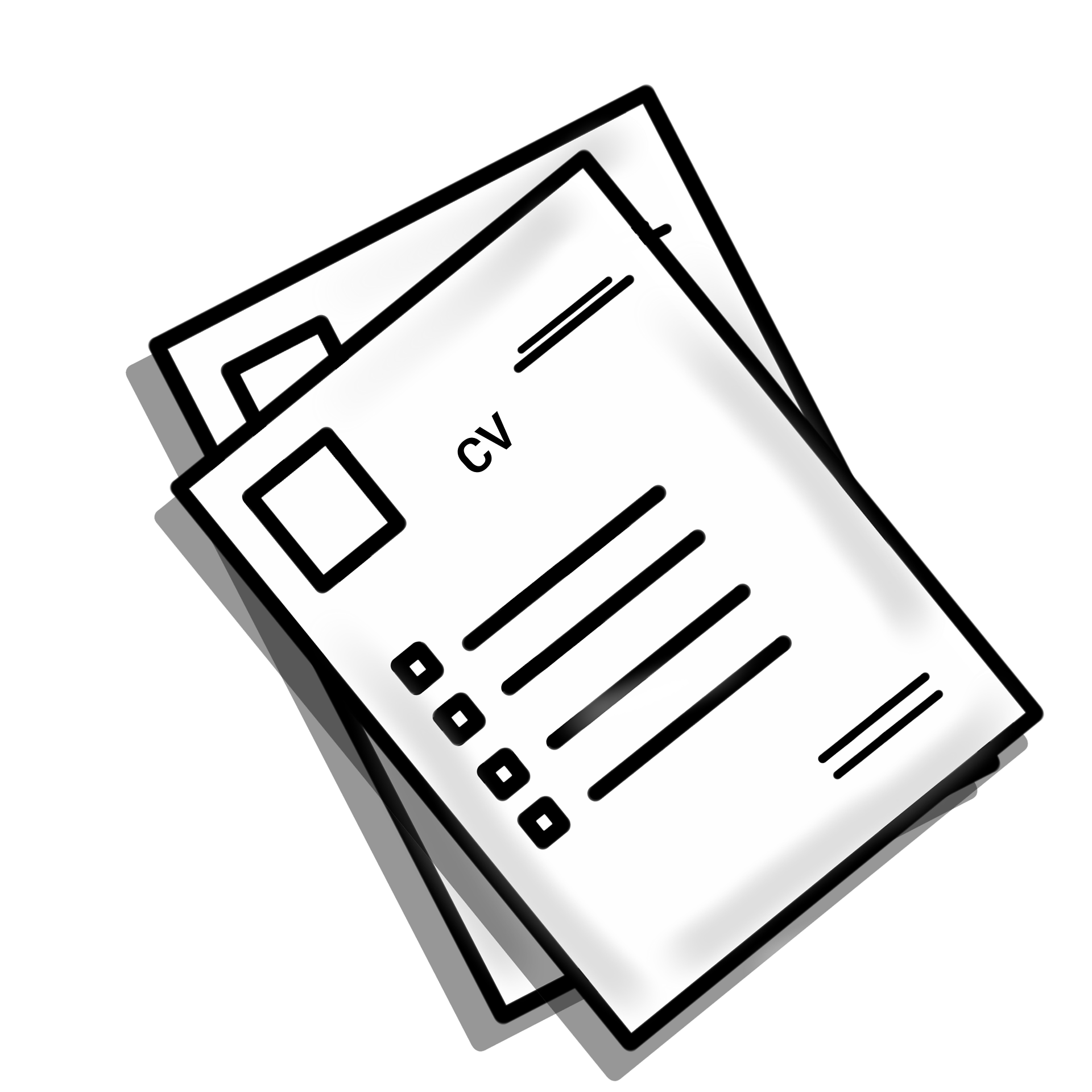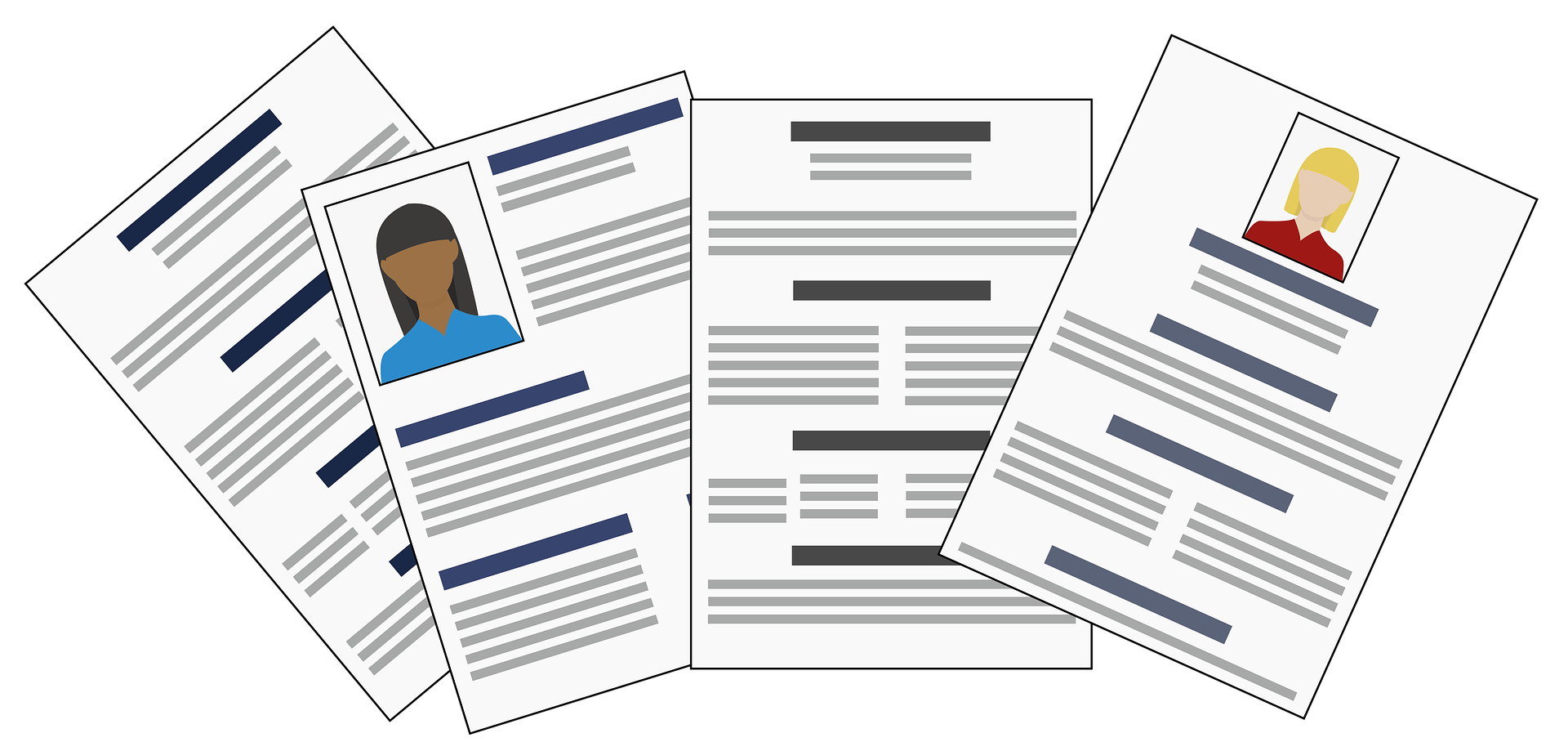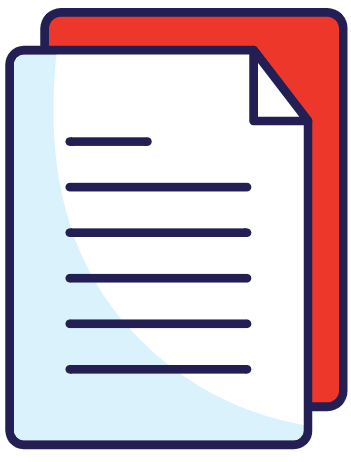 Improve your CV instantly with these top tips
Improve your CV instantly with these top tips
To subscribe to our blog, please click HERE
Worldteachers' 7 top tips and a guide on how to write a great CV
You will need a CV to apply to any of our positions. Not only is your CV a school’s first impression of you, but your CV is also what helps us find you the most suitable positions, so it is crucial it is executed well. The main objective of a great CV is to help secure you an interview.
At Worldteachers, we receive CVs from different teachers on a daily basis. We see our fair share of people doing it right, and those making common mistakes. To help you land your dream teaching job, we've compiled a list of our top tips for writing a great CV, with a specialised guide on what to include in your CV.

Top Tips
 1. Order
1. Order
The way in which you order your CV can make it easier for those viewing it to find the information that they need. Always state your education before employment, with your highest education qualification listed first.
2. Tailor Your CV
While the jobs that you are applying for may be largely similar in terms of industry, it is unlikely that each job is exactly the same. With that in mind, always remember to tailor your CV to highlight the relevant experience you have, in relation to the candidate that the employer is looking for. It is advisable to create a few template CVs to alter for each job application. Do your research on the school, location, duties mentioned - have you excelled in similar environments or similar roles before?
3. Photos

While not always mandatory, we see more and more schools requiring photos of each applicant with their CV, so we would now consider it best practice to insert a photo at the top of your CV when applying for jobs. A smart-casual picture is recommended, you don't want to appear too serious, nor too laid-back. Common sense comes into play here. You want your personality to shine through, while still being presentable/professional. A clear plain background is usually preferable and you should be smiling.
4. Clarity
Clearly state your current job title (or most recent if you are currently unemployed) and your start and end dates of employment. Include the month and year so the employer knows the duration of each job. Laying the information out clearly means that you speed up the CV to interview process as the recruiter doesn't have to track down the information that you've missed out. Make sure you also label the dates and location of each education qualification achieved.
 5. References
5. References
Add any referee details that you're happy to disclose on your CV. Most importantly, make sure you get a reference from your current employer at a suitable time throughout the interview process, depending on when you are happy to tell your employer that you are interviewing for other jobs.
6. Word Processing
Displaying basic word processing skills is a simple and effective way to demonstrate your skills. If you don't have specific software on your computer, you can use free, online services, such as Google Docs. Spell-check, grammar-check, format headings, use tabs instead of multiple spaces (where appropriate). This shows you have basic word processing skills, a pre-requisite for most jobs today. It is better to avoid too may special graphics.
7. Explain Any Gaps
Periods of unemployment happen to the best of us at one point or another, but you need to clearly explain the gaps on your CV. Were you seeking employment, travelling, or studying, for example? State clearly why you have gaps between jobs, so that those viewing your CV can flow through your work/education history without any questions.

Worldteachers' Guide on what to include in your CV:
Name and contact details
These details should be at the top of the first page of your CV. You should state your full name (as per your passport), email address, mobile number and the town and country you are currently living in. Adding in your professional title, or what discipline and role you teach makes it clear which subject you are interested in teaching.
Personal statement
The next section of your CV should be a short description of who you are, and what you can offer a school. This essentially is a professional overview of who you are, in a few sentences. Try not to be too generic as you should be trying to distinguish yourself from others. It is best to keep job responsibilities against the relevant employment position as the employer viewing your CV may skip over the personal statement.
Education and Qualifications
Starting with your most recent qualification, clearly state the name of the institution, the type of qualification, the main subjects and the grade you achieved.
It is appropriate to state your highest and most relevant qualifications first, which will presumably be your most recently achieved. Include the starting and finishing month and year for each qualification.
Experience and employment history
This is the most important section of the CV. This section should be an easy to read layout.
Here, you list your past employment history, beginning with your current or most recent job if currently unemployed, then the rest in reverse chronological order.
When listing each position, clearly label the subject and year group you were teaching, the dates you taught there, and a sentence that summarises the role. You should add some bullet points to describe any specific responsibilities involved, and any skills or achievements gained.
It is appropriate to put more detail on the most relevant and recent jobs. For previous jobs unrelated to education or the role you are applying for, keep any duties to a minimum.
 Additional Sections
Additional Sections
You can state any key additional skills you think will be relevant for the position which will help boost your CV. It is worth reading the advert or job description and highlighting any skills or achievements that are particularly relevant to the opportunity. You should emphasise the experience that matches the requirements. In addition, you can list any hobbies or interests.

